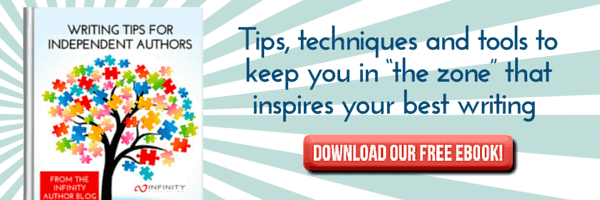Every best-selling book's plot can be narrowed down to one simple sentence or two. An ordinary boy finds out he's really a wizard. A family goes to be caretakers at a haunted hotel, and the father goes crazy. A woman falls through time, goes back 200 years, and falls in love with a Scotsman. Sure, there are smaller subplots in each book, but the main story is the one that drives the story, regardless of supporting characters and side trails. Stories with too many extra details end up muddy, making no sense to the reader. What about your current novel? Can you describe it with one clean statement? Do you have subplots that are as important as the main one? Sometimes it's hard to figure out what's important and what isn't when it comes to plotting. Here are ways to find out if you're over-plotting, and what to do if you are. 
Talk it Out
Find someone who isn't a writer or author and explain the plot of your story. Use as few words as possible. If they get the idea the first time out, you're golden. If they get confused and ask for parts to be clarified, you may need to prune some subplots and keep to the main objective.
Look to the End
What is the final point in your book? Do the main characters fall in love? Does the detective solve the mystery? This is the main plot, and all the words need to point in this direction. If your subplots don't advance the story toward this end, it's safe to take them out.
Find New Books
Sometimes a subplot is an important story on its own, introducing important characters or adding new dimensions to your imaginary world. If it's strong enough, turn this subplot into its own book.
Look to the Motives
Maybe the subplot itself could help the main plot, but the motives of the characters aren't clear. Why are they doing what they're doing? Do they help to move the plot along? Maybe they're just in there for comic relief or to add variety. Pull them out unless they're crucial to the story.
Why?
Look at each individual chapter or scene and ask yourself why it's in the book. Does it help the story toward the end? If not, it's extra words just for the sake of words. Cut them out.
Is it Long?
No matter how much pruning you've already done, does the story feel like it's too long? There's usually a reason for that. Be ruthless on your second edit.
Be Selective
If you've got a character you really want to save, cut her back instead of eliminating her completely. Prune back the scenes she's in, cut out repetitive actions, and only use her when absolutely necessary. Combine two characters into one, if need be.
Avoiding the Fluff
If your story feels thin and you're tempted to start putting extra side plots in just to make the book seem substantial, add depth to your original plot instead. Add details about the environment, richness to relationships, and flavor to conversations. Your characters will seem more authentic and you'll keep your readers' interest for much longer.
Keep the Faith and May the Force be with You!




